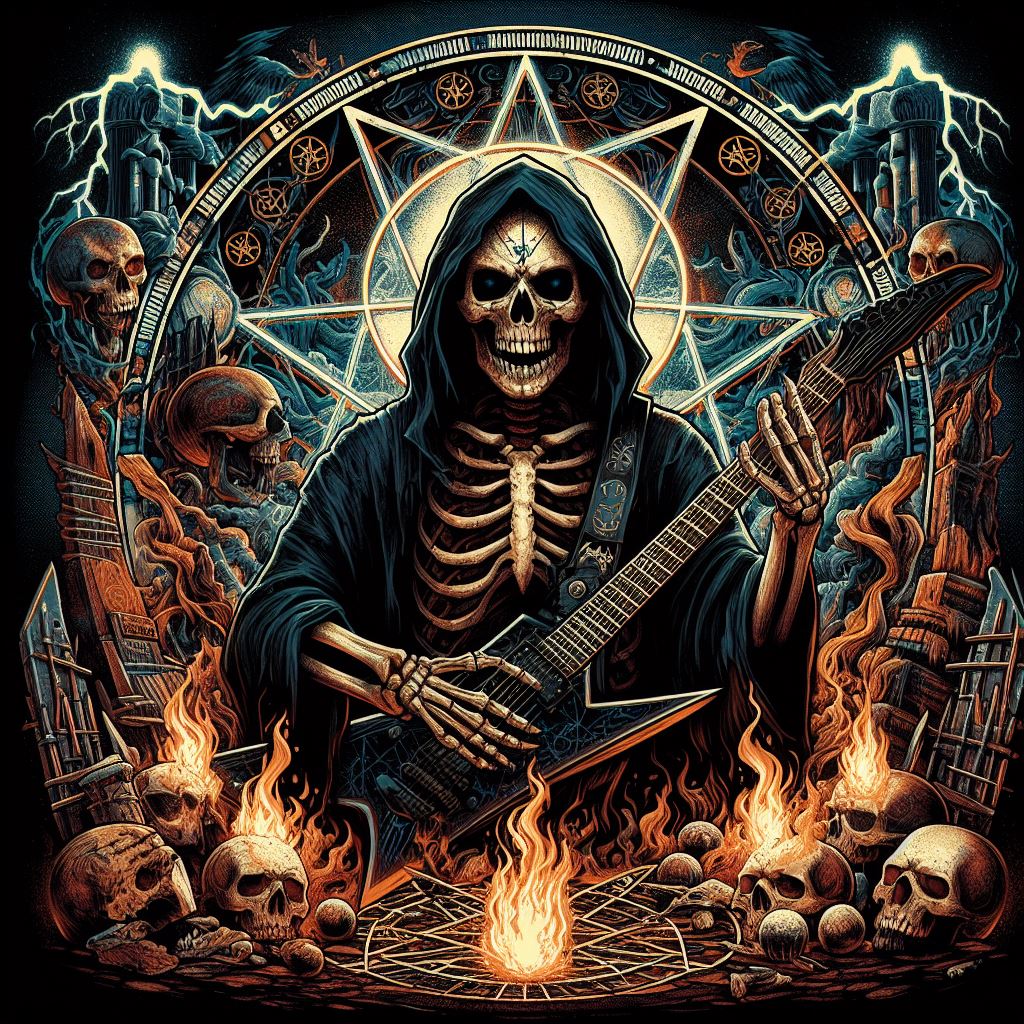Nightwish, the Finnish symphonic metal band, boasts a rich history filled with soaring vocals, epic compositions, and a fair share of drama. Formed in 1996 by Tuomas Holopainen, Erno “Emppu” Vuorinen, and Tarja Turunen, Nightwish’s journey has been one of innovation, international acclaim, and lineup changes that shaped their sound.
Early Days and Symphonic Spark (1996-1998)
Holopainen’s vision was ambitious: a blend of acoustic guitars, flutes, and keyboards intertwined with powerful female vocals. Turunen’s operatic voice became the band’s signature. Joined by drummer Jukka Nevalainen, they released their debut album, “Angels Fall First” (1997), showcasing a blend of symphonic elements with a heavy metal edge. The success of their single “The Carpenter” landed them a record deal and a loyal Finnish fanbase.
Oceanborn and International Recognition (1998-2002)
Nightwish’s sophomore album, “Oceanborn” (1998), marked a turning point. Embracing electric guitars and a heavier sound, the album spawned hits like “Sleeping Sun,” a song that transcended borders and established them internationally. Extensive touring across Europe followed, solidifying their reputation as a captivating live act.
Wishmaster and Century Child: Peak Turunen Era (2000-2005)
The new millennium ushered in a golden age for Nightwish. “Wishmaster” (2000) further refined their symphonic metal sound, with tracks like “She is My Sin” showcasing their ability to weave operatic vocals with powerful riffs. “Century Child” (2002) cemented their position as metal royalty. Songs like “Ever Dream” and “Nemo” became fan favorites, showcasing both Turunen’s vocal prowess and Holopainen’s masterful songwriting.
A Bitter Farewell and A New Era (2005-2012)
Despite international success, tensions arose within the band. In 2005, a public split with Turunen sent shockwaves through the metal community. Nightwish, however, refused to fade away. Floor Jansen, a Dutch vocalist, was brought in, marking a new chapter.
Renewed Identity with Floor Jansen (2012-Present)
Jansen’s powerful vocals and stage presence breathed new life into the band. Albums like “Dark Passion Play” (2007) and “Imaginaerum” (2012) explored a more cinematic and progressive sound. The addition of multi-instrumentalist Troy Donockley further expanded their sonic palette, incorporating Irish bouzouki and whistles.
Nightwish continued to tour extensively, headlining major festivals and captivating audiences worldwide. Albums like “Endless Forms Most Beautiful” (2015) and “Human. :II: Nature.” (2020) showcased their ever-evolving sound, incorporating elements of folk and world music.
Nightwish: A Legacy of Innovation
Nightwish’s story is one of constant evolution. From their early symphonic experiments to their current blend of metal, rock, and folk influences, they have continuously pushed boundaries. Their music, filled with fantastical themes, mythical stories, and powerful emotions, continues to resonate with fans worldwide. Nightwish remains a prominent force in the metal scene, a testament to their enduring legacy.

Leave a Reply
You must be logged in to post a comment.